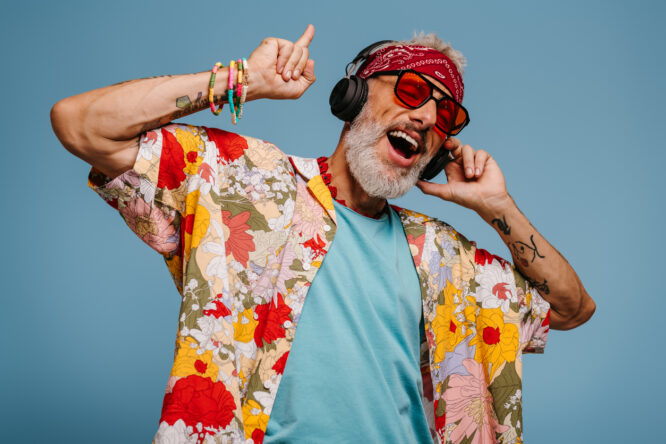The term “woke education” has become a lightning rod in public conversation.
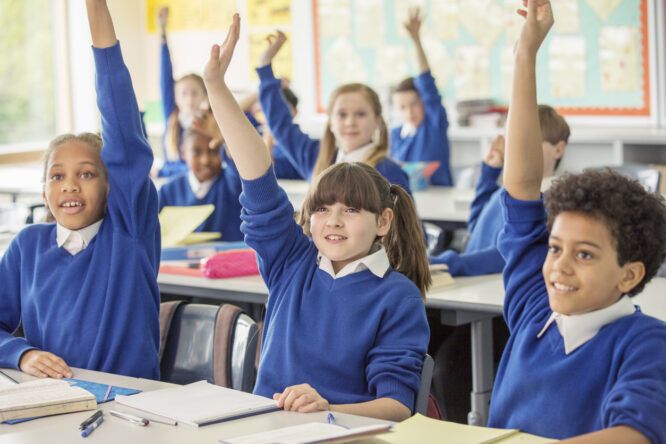
Sadly, much of the debate is built on confusion, fear, or caricature. In reality, what gets called “woke” is often just an attempt to make education more inclusive, thoughtful, and honest. Here’s what people tend to get wrong about it, what’s actually happening in classrooms, and why we should be encouraging more open, honest, and empathetic classroom conversations.
1. It’s not changing history—it’s telling the full version.

Many assume that “woke” education means erasing history or rewriting it. In truth, it’s usually about including the parts that were previously left out, like how colonisation affected Indigenous communities, or the role of slavery in shaping economies.
Telling a more complete story doesn’t mean tearing down the past. It means recognising that history is complex, and that understanding it fully can create more empathy, not less. Teaching nuance isn’t an attack—it’s an upgrade.
2. It’s not trying to shame kids—it’s helping them think critically.

There’s a common misconception that discussing topics like privilege or systemic inequality makes kids feel guilty. But most classrooms aren’t focused on blame—they’re focused on awareness. When done well, these conversations are about context and compassion. It’s not “you are the problem”; it’s “here’s how systems have worked, and here’s how we can understand each other better.” The goal is emotional maturity, not moral punishment.
3. Diversity doesn’t mean division.

Another myth is that teaching about different identities—race, gender, culture—creates division. In reality, students from all backgrounds benefit from seeing a broader view of humanity reflected in what they learn. Including different perspectives isn’t about separating people—it’s about validating lived experiences and encouraging connection. It actually reduces ignorance, which is often the root of real division.
4. Kids aren’t being “indoctrinated”—they’re being encouraged to ask better questions
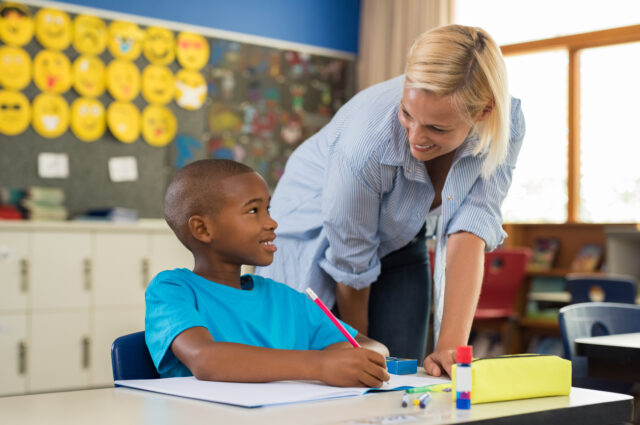
One of the loudest accusations is that “woke” education is brainwashing kids with a particular ideology. However, if you look at what’s actually being taught, it’s often just critical thinking. Students are encouraged to look at multiple sides of a topic, consider context, and reflect on how they form their opinions. Teaching kids how to think, not what to think, is the whole point. That includes questioning everything, even the curriculum itself.
5. It doesn’t mean banning classic books—it means broadening the bookshelf.
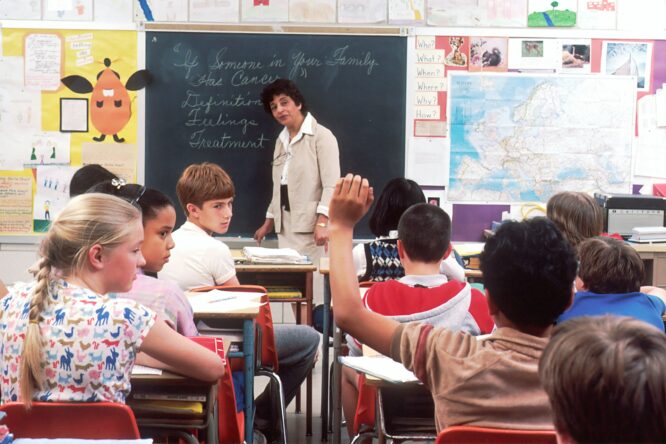
When schools introduce new authors or remove outdated books, some see it as censorship. However, it’s often a case of balance. No one’s throwing Shakespeare or Orwell out the window—they’re just making room for authors like Angie Thomas or Chimamanda Ngozi Adichie alongside them.
The idea is that literature should reflect many worlds, not just one. When students see themselves and other people in what they read, they engage more deeply, and become better readers of life, not just text.
6. It doesn’t dismiss tradition—it puts it in conversation with the present.
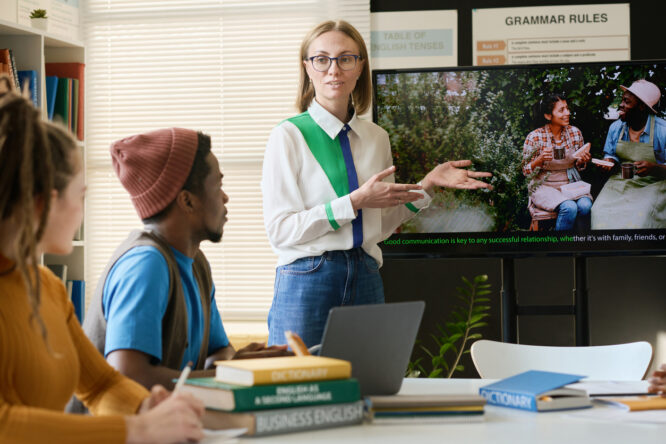
There’s a fear that “woke” education wants to burn down anything traditional. The truth is, most educators aren’t anti-tradition—they’re just interested in evolving it. They’re asking, “What parts of this still serve us?” and “What needs updating to reflect today’s world?” Tradition doesn’t have to mean stagnation. Healthy educational systems revisit their foundations to make sure they still support the future, not just the past.
7. Students aren’t too young to understand big ideas if they have the right framing.
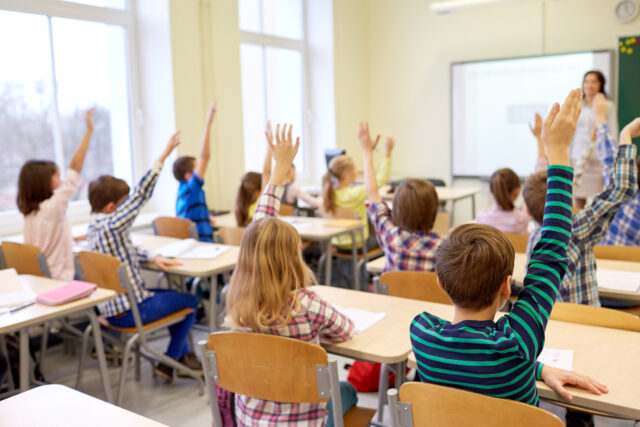
Some worry that talking about racism, identity, or power structures is “too much” for kids. However, children are already noticing inequality in their lives. The key is how it’s explained, not whether it should be discussed at all. Age-appropriate language and open conversations help kids process what they’re already seeing in the world. Ignoring it doesn’t protect them; it just leaves them confused or afraid to ask questions.
8. It doesn’t turn every lesson into a political debate.

Not every class is a commentary on the culture wars. Teachers still teach maths, science, grammar, and writing. The “woke” label is often applied to isolated moments or small updates that reflect more inclusive thinking. A science teacher using real-world environmental justice examples, or a history teacher acknowledging Indigenous land, isn’t pushing an agenda. In reality, they’re adding relevance. It’s still education; it’s just aware of context.
9. Teachers aren’t pushing personal views—they’re managing diverse classrooms.

It’s easy to assume that a teacher mentioning social issues is speaking from personal bias. But in most cases, they’re addressing questions or experiences that students bring into the room themselves. Good educators know how to balance discussion, offer different viewpoints, and guide students without dominating the narrative. They’re not preaching—they’re facilitating, and it’s far harder than it looks.
10. It’s not about making school a therapy session—it’s about emotional intelligence.

Yes, schools are paying more attention to things like mental health, identity, and self-awareness. That’s not because education has gone soft. It’s because kids are facing new levels of pressure, anxiety, and disconnection. Helping students name emotions, build empathy, and develop resilience isn’t replacing academics. It’s supporting them. When kids feel seen and emotionally safe, they’re actually more likely to engage and succeed.
11. Inclusion isn’t a trend—it’s long overdue.
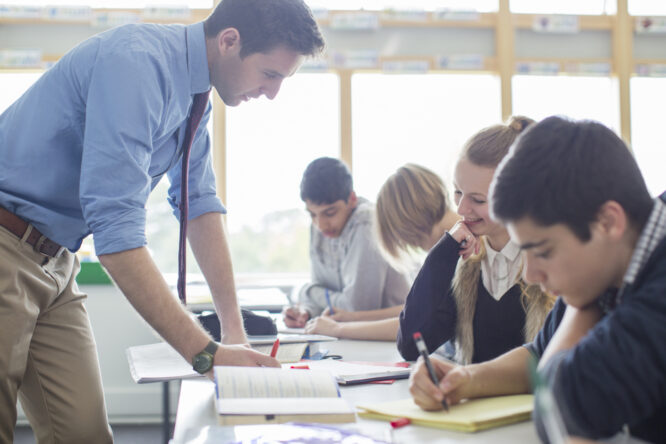
When people call inclusion efforts “woke,” they often forget how recent many of these changes are. Just a generation ago, many school texts were overwhelmingly white, male, and Western. What’s happening now is not a fad—it’s a long-overdue move toward fairness. Including more voices in education isn’t radical. It’s restorative. It helps correct imbalances that never should’ve been normal in the first place.
12. You can question parts of it without rejecting all of it.
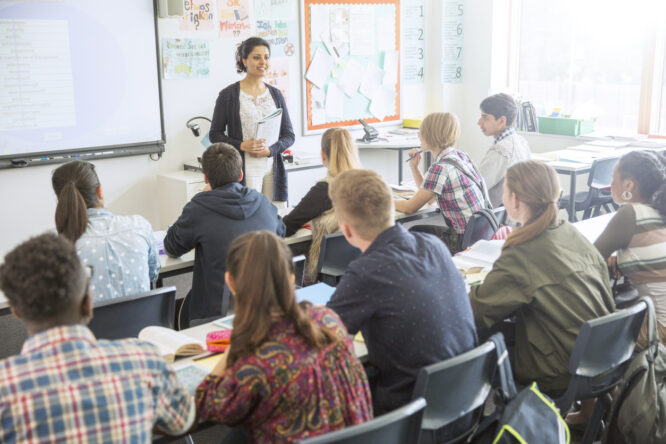
It’s okay to disagree with certain approaches. Not every school gets it right. Not every curriculum change is flawless. But throwing out the entire idea of inclusive, reflective education based on discomfort or headlines misses the point.
Progress doesn’t have to be perfect to be worthwhile. If the goal is better critical thinking, broader empathy, and more engaged learners, then asking questions about woke education is actually part of the process, not proof that it should be scrapped.
13. At its best, it’s trying to raise kinder, sharper humans.

When people look past the buzzwords and political noise, most inclusive education efforts boil down to one thing: helping kids understand the world and their place in it, with empathy and clarity. It’s not indoctrination. It’s about preparing young people to live and work alongside those who are different from them, and to do that with respect, curiosity, and the confidence to challenge unfairness when they see it.



